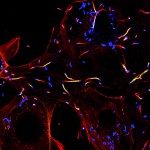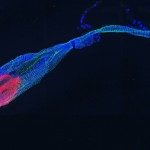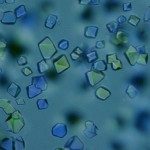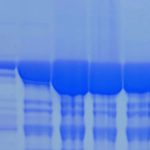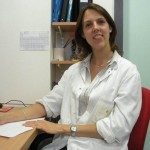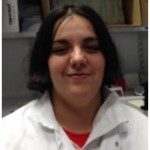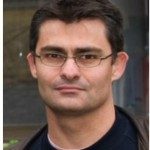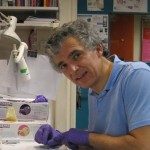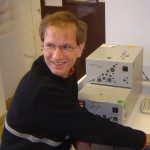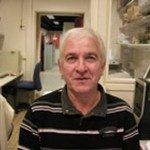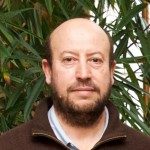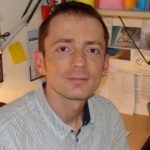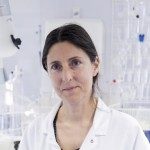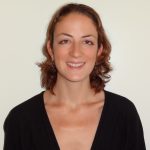Link to Pubmed [PMID] – 39259810
Link to DOI – 10.1126/scitranslmed.ado4463
Sci Transl Med 2024 Sep; 16(764): eado4463
Neuromuscular blocking agents (NMBAs) relax skeletal muscles to facilitate surgeries and ease intubation but can lead to adverse reactions, including complications because of postoperative residual neuromuscular blockade (rNMB) and, in rare cases, anaphylaxis. Both adverse reactions vary between types of NMBAs, with rocuronium, a widely used nondepolarizing NMBA, inducing one of the longest rNMB durations and highest anaphylaxis incidences. rNMB induced by rocuronium can be reversed by the synthetic γ-cyclodextrin sugammadex. However, in rare cases, sugammadex can provoke anaphylaxis. Thus, additional therapeutic options are needed. Rocuronium-induced anaphylaxis is proposed to rely on preexisting rocuronium-binding antibodies. To understand the pathogenesis of rocuronium-induced anaphylaxis and to identify potential therapeutics, we investigated the memory B cell antibody repertoire of patients with suspected hypersensitivity to rocuronium. We identified polyclonal antibody repertoires with a high diversity among V(D)J genes without evidence of clonal groups. When recombinantly expressed, these antibodies demonstrated specificity and low affinity for rocuronium without cross-reactivity for other NMBAs. Moreover, when these antibodies were expressed as human immunoglobulin E (IgE), they triggered human mast cell activation and passive systemic anaphylaxis in transgenic mice, although their affinities were insufficient to serve as reversal agents. Rocuronium-specific, high-affinity antibodies were thus isolated from rocuronium-immunized mice. The highest-affinity antibody was able to reverse rocuronium-induced neuromuscular blockade in nonhuman primates with kinetics comparable to that of sugammadex. Together, these data support the hypothesis that antibodies cause anaphylactic reactions to rocuronium and pave the way for improved diagnostics and neuromuscular blockade reversal agents.
